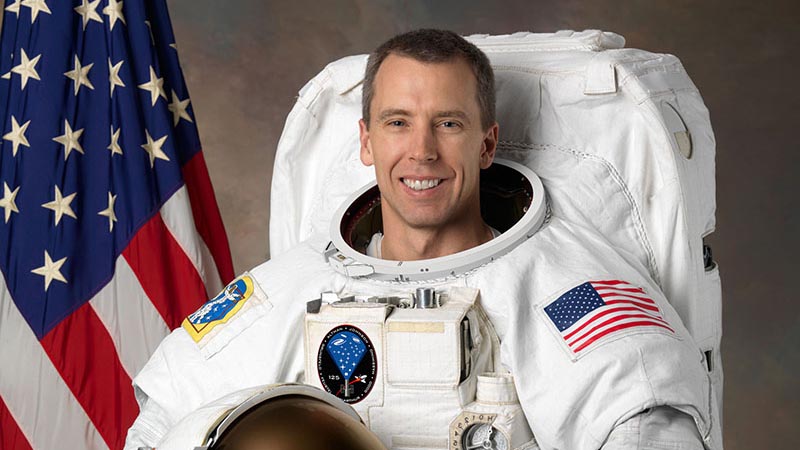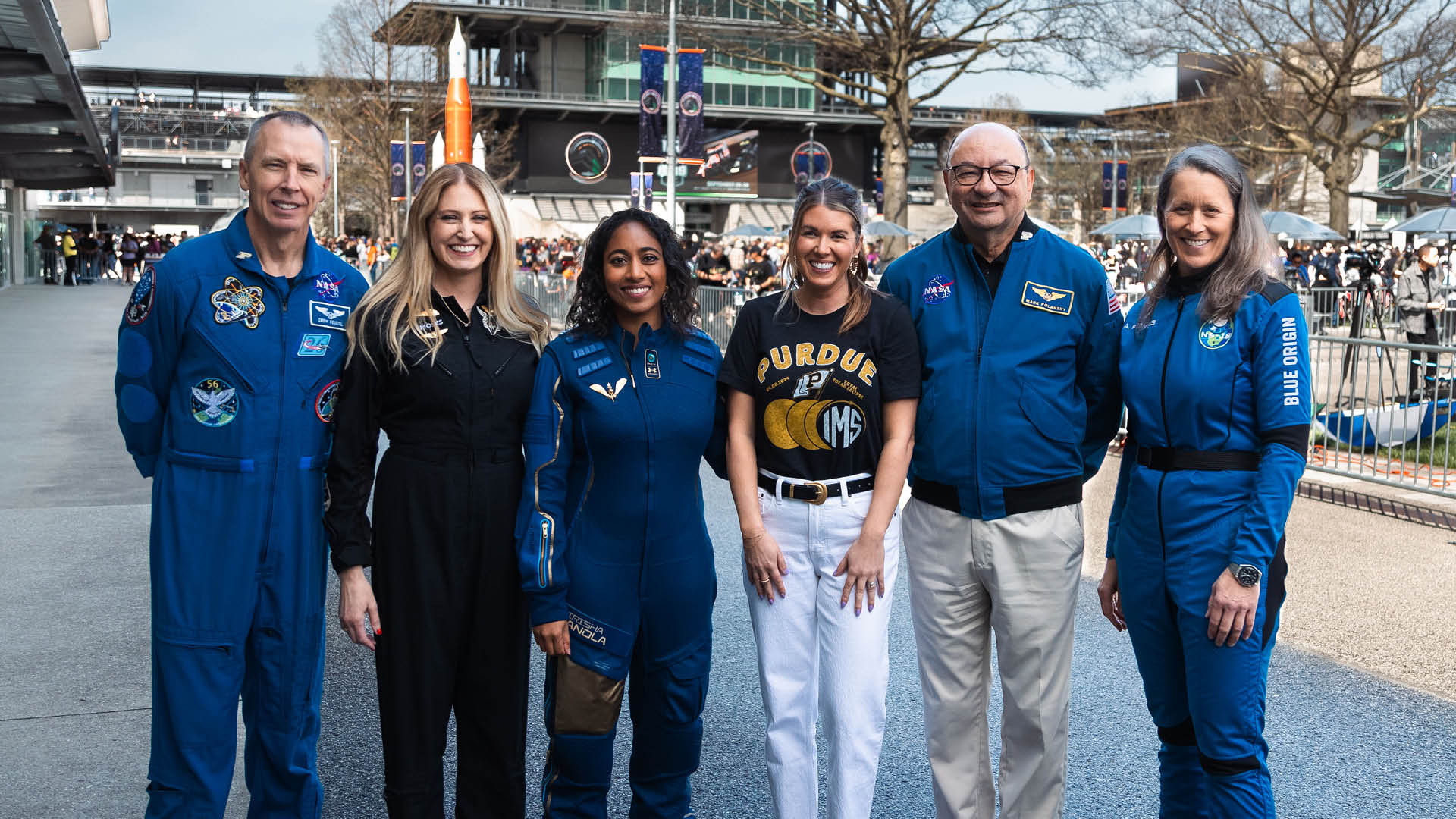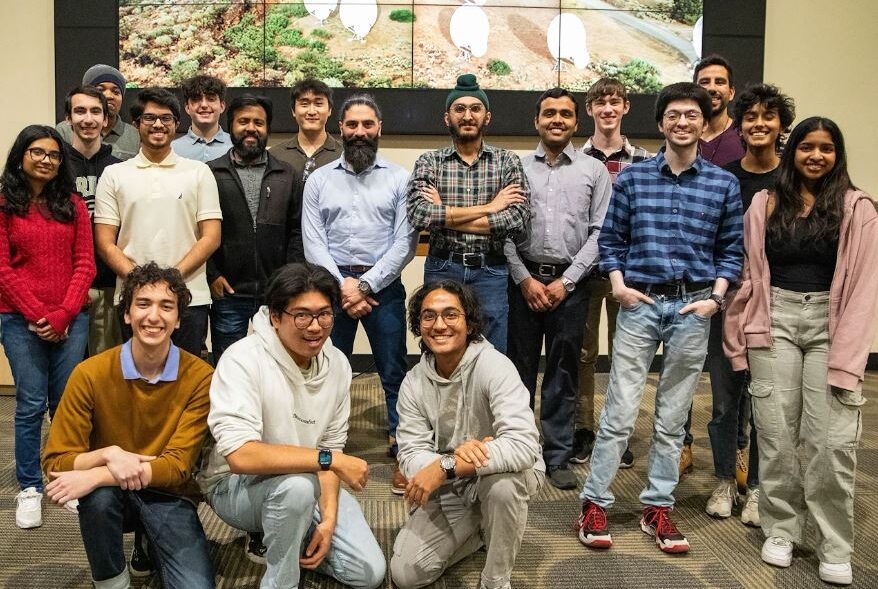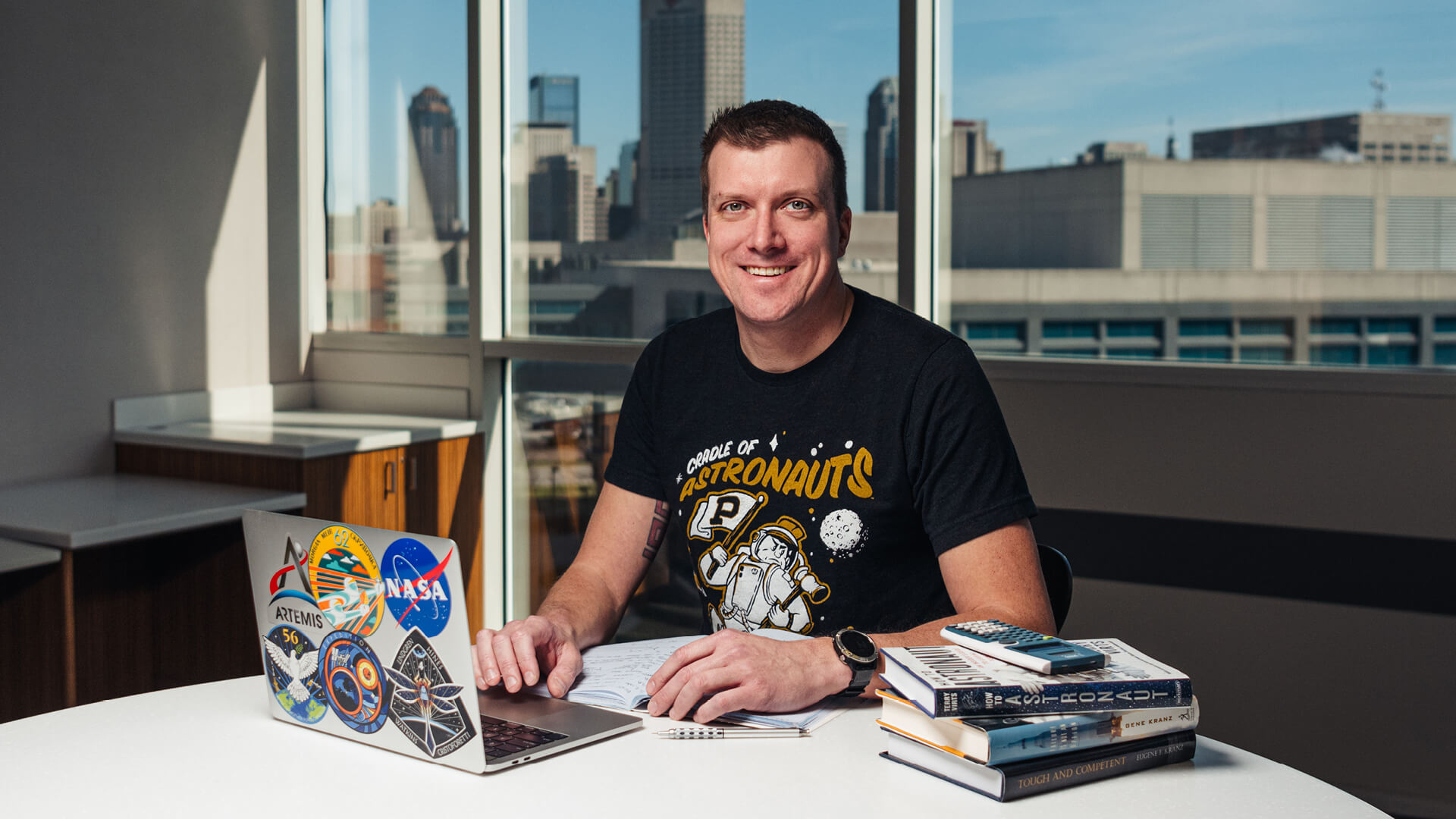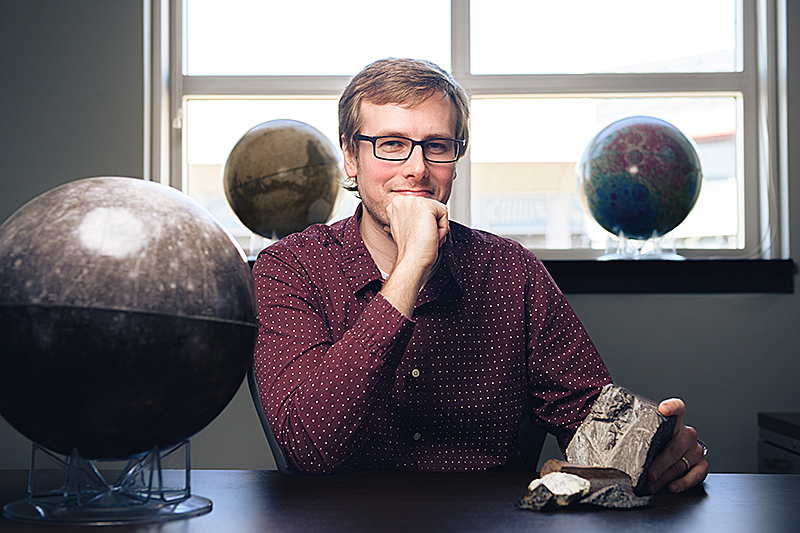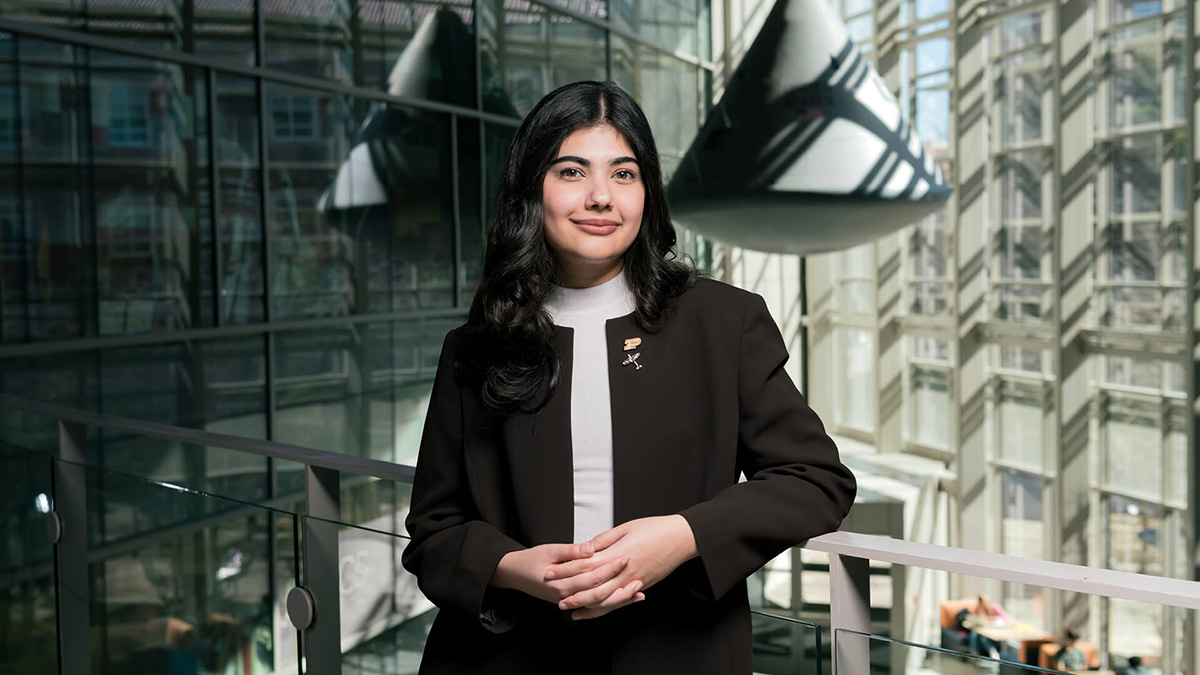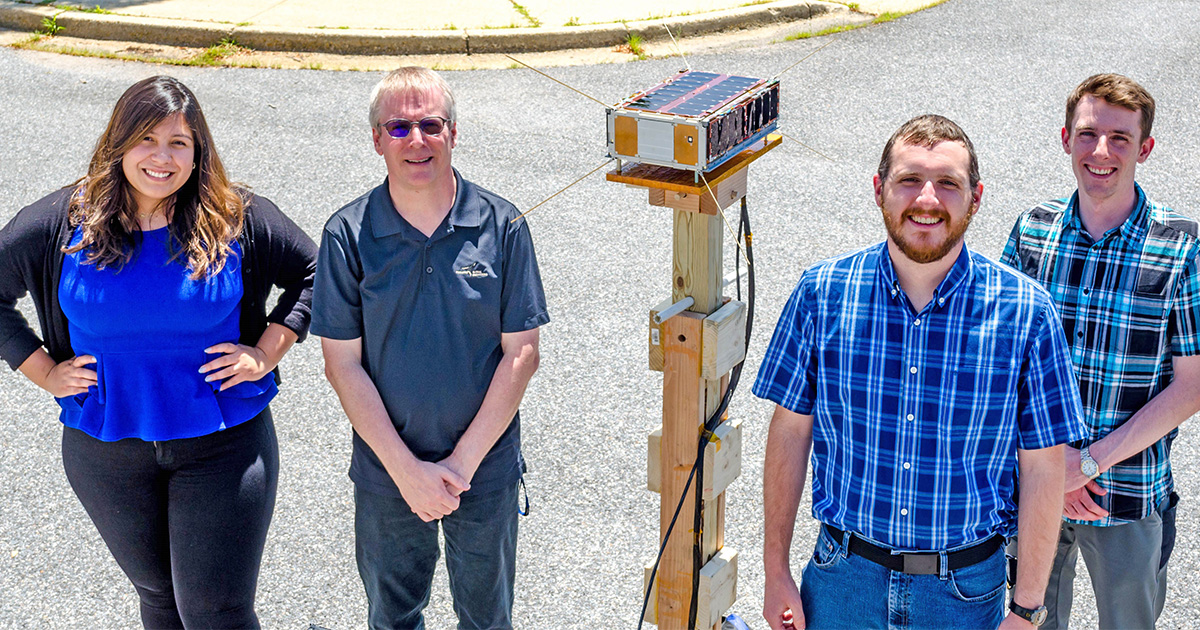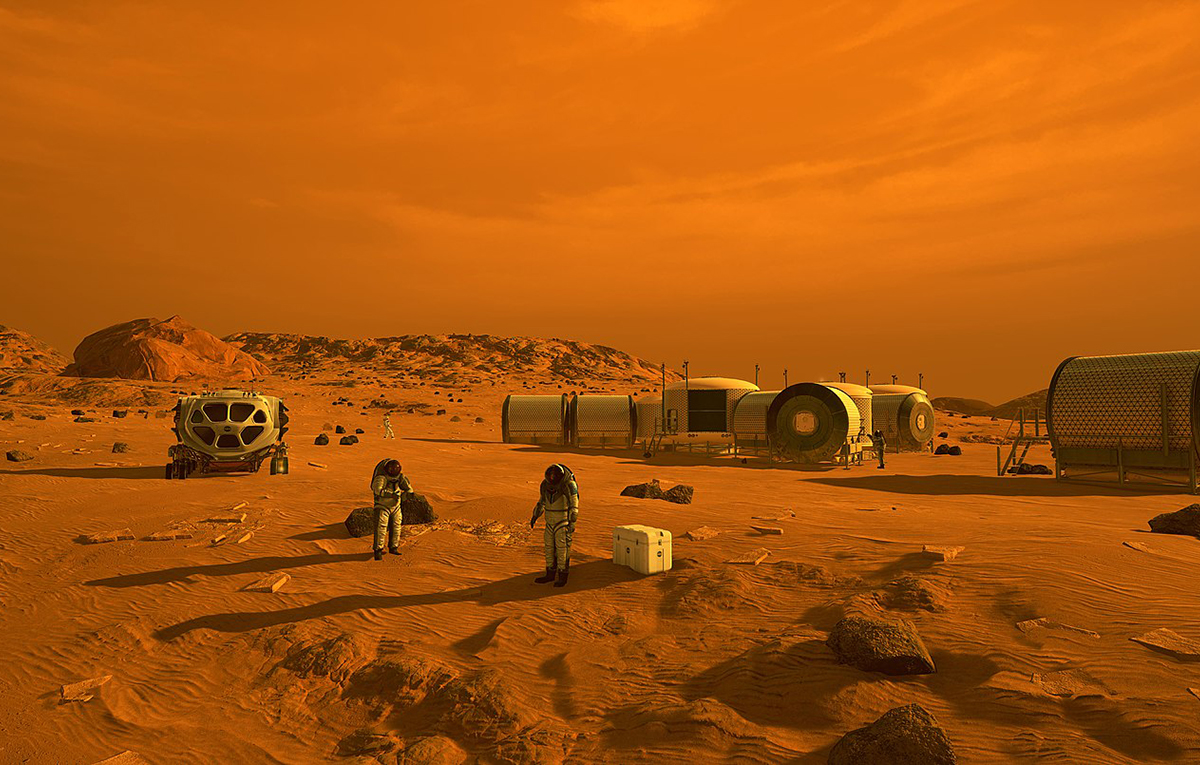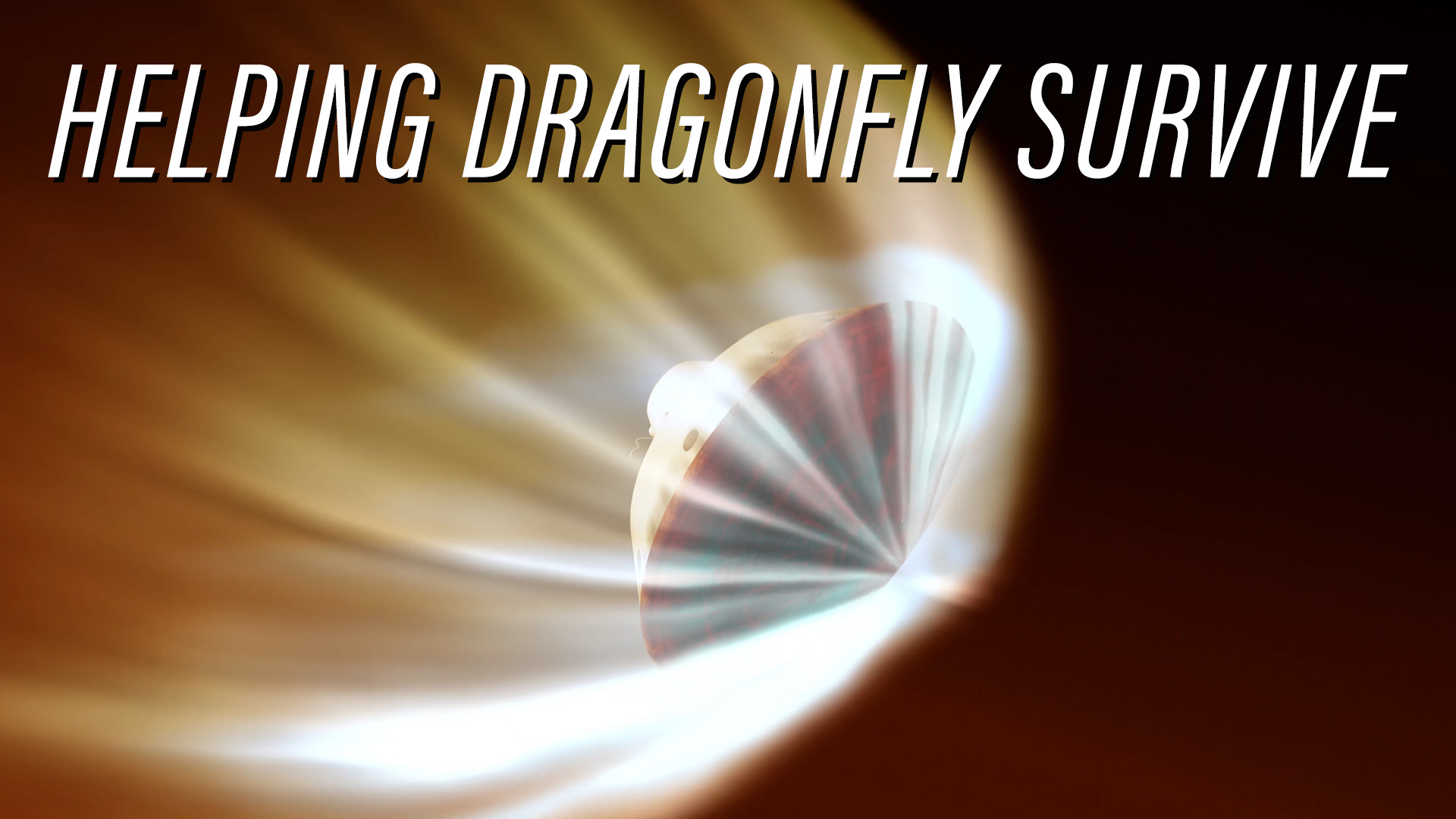Drew Feustel Suits Up for Third Space Mission
From studying car design in community college and racing in the Purdue Grand Prix to exploring for oil to servicing the Hubble telescope, Dr. Andrew “Drew” Feustel (BS ‘89, MS ’91, EAPS) has had anything but a typical career trajectory.
His NASA résumé speaks for itself: Selected to be an astronaut in 2000, he is a veteran of two spaceflights, having logged more than 29 days in space with over 42 hours in spacewalks. But long before he was selected to launch into space, or began his geophysics career, Drew’s journey into the final frontier began in Michigan.
The Gearhead
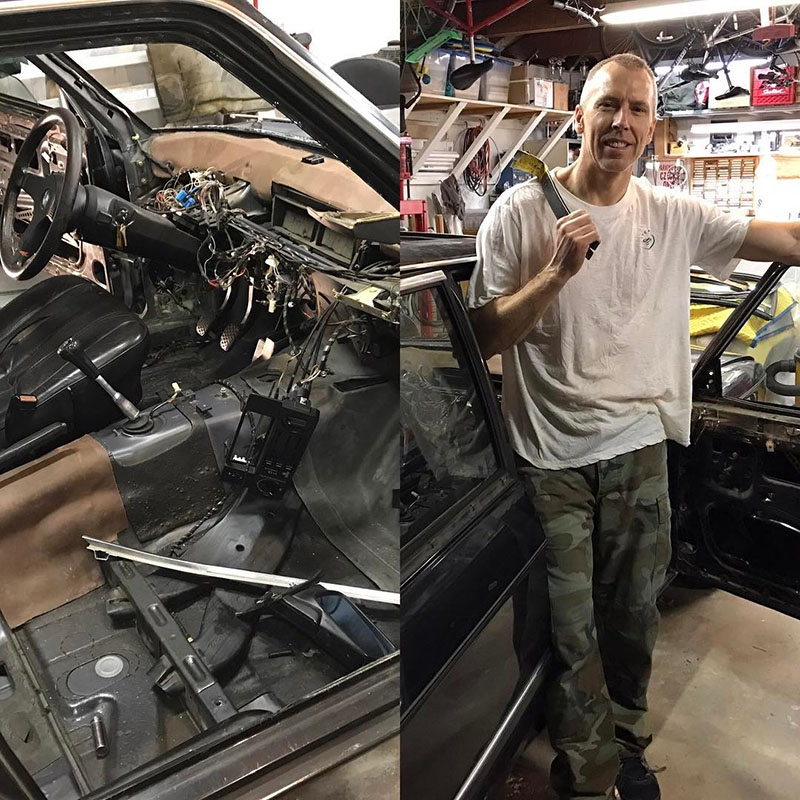
Ask him about his interests, and Drew will tell you: he loves cars. That was the focus for much of his early life, including the restoration of a 1967 Ford Mustang that he finished in high school. When he entered college, he initially attended Oakland Community in College in Michigan with an interest in car design. He later attended Purdue to study Earth Atmospheric and Planetary Sciences (EAPS), but the car enthusiast in him remained and thrived, partially due to a longstanding Purdue tradition – Grand Prix.
“I raced go karts after high school for about five years. When I got to Purdue and joined up with a fraternity, I got onto the Grand Prix team and drove for three years with the team, and was the Grand Prix chairman for two of those three years,” he said. “One of the reasons I did it was that my uncle won the race in 1965, and my dad drove in the race in 1963. There was sort of a family history of Grand Prix.”
That mechanical aptitude has served Drew well in his career at NASA. In 2009, he served on STS-125, the fifth and final mission to service the Hubble Space Telescope. Those skills will again serve him in his upcoming launch for Expedition 55, when he will serve as Flight Engineer. He will remain on the International Space Station as Commander for Expedition 56.
The Geologist
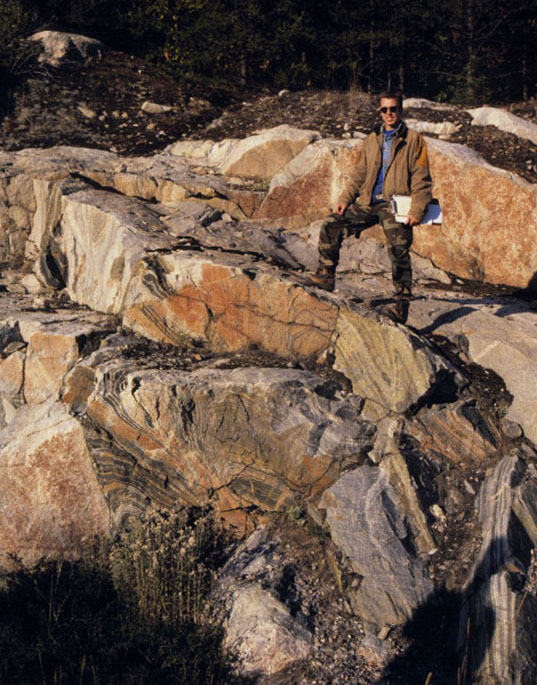
Drew’s path to NASA came not through engineering, but rather Earth Science. Of Purdue’s 24 astronauts, he is the only one to graduate from the College of Science, attaining a Bachelor’s degree in Solid Earth Sciences and a Master’s degree in Geophysics. He later received his Ph.D in Seismology from Queen’s University in Canada. Why study geology when all other Purdue astronauts studied engineering? Because, according to Drew, he was excited for the applications Earth science could have to space missions.
“I didn’t come to Purdue just because I wanted to become an astronaut, but I had it in my mind that I was interested in the space program and thinking of the best way to leverage that,” he said. “I had this scheme that if I could come and study geology and geophysics, that I might someday be involved with space exploration and mining resources on other planets.”
Even before his application for the Astronaut Corps, pursuing geology served Drew well. After graduation, he embarked on a successful career at ExxonMobil as a geophysicist. Professor Robert Nowack, who knew Drew during his time at Purdue, said the astronaut is a reminder of what a Purdue education in the geosciences has to offer.
“I think one of the important aspects of Drew’s story, is that one can study in a technical field, like applied geophysics and seismology, and from this gain access to a high paying career in industry, but also then later be accepted into the Astronaut Corps,” Dr. Nowack said. “One can then really have one’s eyes to the heavens, while also have one’s feet on Terra Firma.”
While studying at Purdue, Drew discovered more than a love for geology and space – he also met the love of his life. During his second year at Purdue, he met his eventual spouse, Indira Bhatnagar, in a rather memorable way.
“The first time I saw her was running down Slayter Hill and we’ve been together ever since,” he said. “I stuck around on campus because she was there for three years doing her Master’s degree, and I stuck around to finish my undergraduate and do two years for my Master’s degree.”
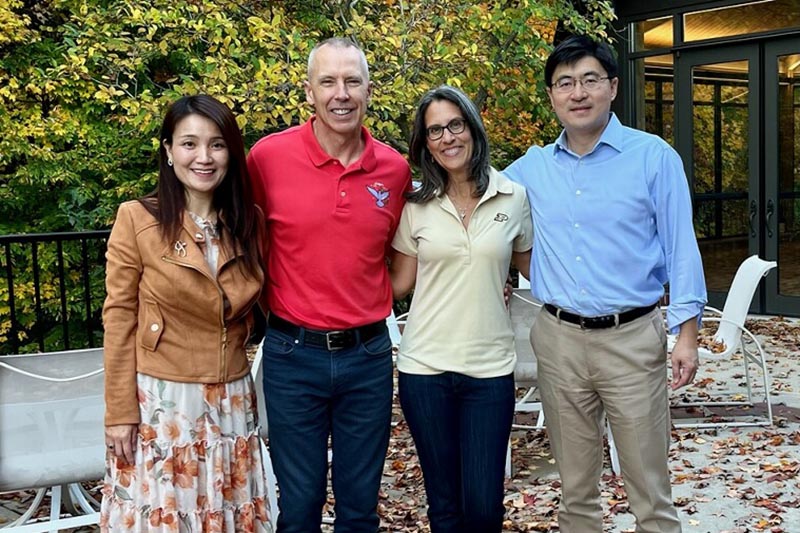
While Drew was pursuing his Master’s degree, his foray into geology and geophysics provided some adventures of its own. Professor Dean Ballotti, now a continuing instructor with EAPS, was a graduate student at the same time as Drew, and took a summer-long trip with him to Alaska in 1989. He describes Drew, whom he knew as Andy, as “adventurous, curious, and down-to-earth.” During that trip, they were helping run a seismic line in the northern part of the state. This entailed sinking explosives into small, one-acre pools of water, then setting them off and using instruments to measure the seismic waves. The first time the two of them helped with this, they got more excitement than they had bargained for when they stood too close to the site.
“We walked around to the backside of the lake to watch it, and Andy had a nice camera,” Prof. Ballotti recalled. “It got down to the time and there was no explosion. So we looked at each other and said ‘I wonder what’s going on?’
“Then, kaboom! It lifted us up and knocked us thirty feet backwards. It was fortunate that the tundra was there. But the unexpected thing was when we finally got back and developed the film, Andy had evidently held the camera button down – we got the whole explosion in about thirty frames of pictures.”
Prof. Ballotti learned years later that Drew had dedicated his Master’s thesis to him, along with other dedications, for the great time he had in Alaska.
The Astronaut
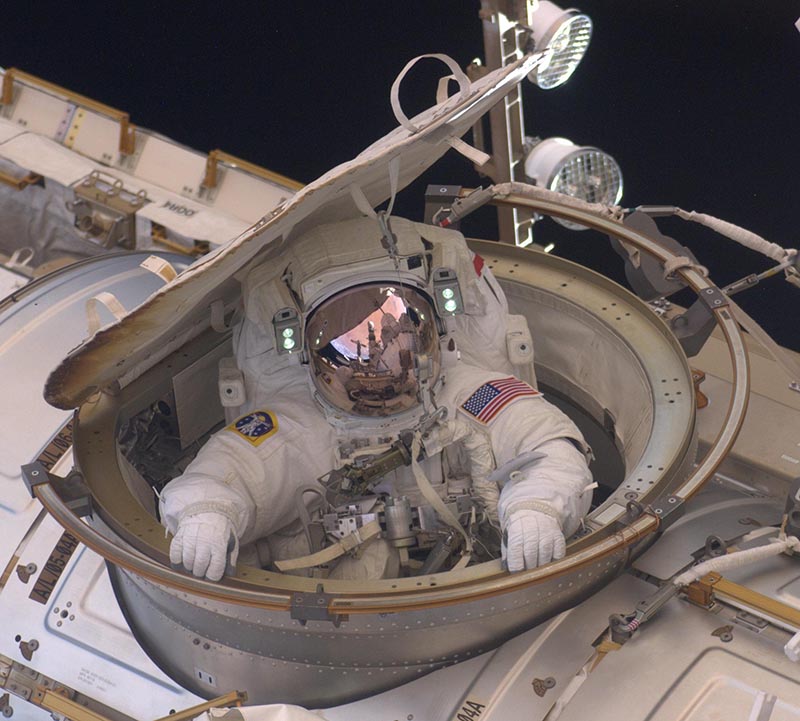
Fast forward nearly two decades, and Drew now has a wealth of experience at NASA. One of the most memorable moments in that experience came during his servicing of the Hubble telescope. The mission required the loosening of a stuck bolt to initiate the repair, a difficult operation to perform in space, especially with the whole world watching. Professor Larry Braile, who was also at Purdue during Drew’s studies, recalled the excitement on campus during the mission.
“I still vividly remember the day of the launch of the space shuttle Atlantis for that Hubble repair mission,” Dr. Braile said. “Drew, a Purdue Boilermaker, and his fellow astronauts were to be launched on May 11, 2009 on the mission. Our department at Purdue arranged for a launch party with a large screen and live video feed in one of our rooms on campus. France Córdova, then the University
President, joined us at the launch party. I still remember being somewhat nervous before and during the launch, and in fact, during the entire mission. I also remember that about 30 seconds after the launch that we were watching on the screen, President Córdova spoke up and said ‘That’s a big boiler up!’ We all agreed.”
Drew frequently says “Boiler up!” himself as he passes fellow Purdue alumni in the hallways. His life outside of a spacesuit at NASA has other exciting dimensions as well, including playing guitar in the all-astronaut rock band Max Q, sometimes providing vocals as well. The group rotates members based on who is on Earth, and sometimes performs at space-related conferences and other events.
As exciting as Drew’s experience at NASA has been, his original ambition of mining resources from other planets has not been part of it. Despite that, he said the mission at NASA remains more exciting than ever before.
“We all want to be George Jetson, but we’re more like Fred Flintstone! We’re still not quite there yet. Someday we will be,” he said. “What’s happening here is an attempt to put humans in space, permanently, forever. This is the only place in the world, in the history of humans, where we’re trying to put the human race in space.”
The mission to put humans in space is an international one. When Drew launches to the International Space Station in March, he will do so from Kazakhstan, with one cosmonaut traveling alongside Drew and another NASA astronaut. The key to working across multiple agencies and cultures, he says, is recognizing the importance of trust between team members.
“Sometimes it’s more about the relationships that it is even about the technical information,” he said. “The technical stuff you can kind of get on the fly, but the reactions and the support and backing each other up, that just comes from years of developing relationships and trust.”
This applies to the cosmonauts of Russia as well as NASA astronauts. The team routinely travels to Russia for joint training programs to share technical information and build relationships. It is common to be invited over to someone’s house for dinner during these trips, or for someone to take the Americans on a tour of different parts of the country.
Still, even in a friendly and collaborative environment, there still remains a difficult skill to acquire: learning to speak Russian. “They say only the first ten years are difficult; after that it gets easier,” Drew said with a chuckle. “The only thing we have going for us is that while we’re training, we learn operational language of the spacecraft. So you may not be able to have a conversation with someone in the middle of Moscow about the weather or politics, but if you’re in the spacecraft, you can talk about pushing buttons and acknowledging things and sending out commands.”
These collaborations will be taking place very soon. Drew’s launch to the International Space Station will take place on March 21, 2018. Once at the station, he will join fellow Boilermaker astronaut Scott Tingle, who launched on his mission in December. And both of them will be collaborating with Purdue alumnus Gary Horlacher, who is the expedition’s flight director. With all these Purdue grads, the International Space Station is looking more gold and black than ever.
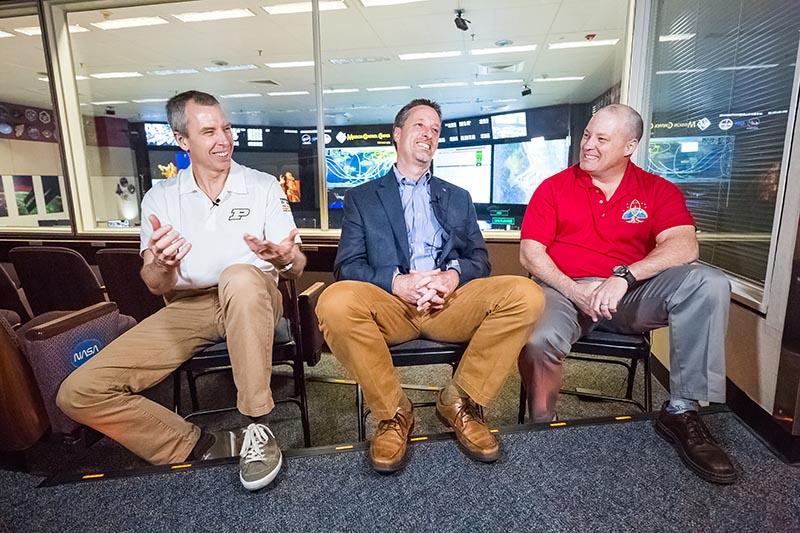
Writer: Logan Judy
